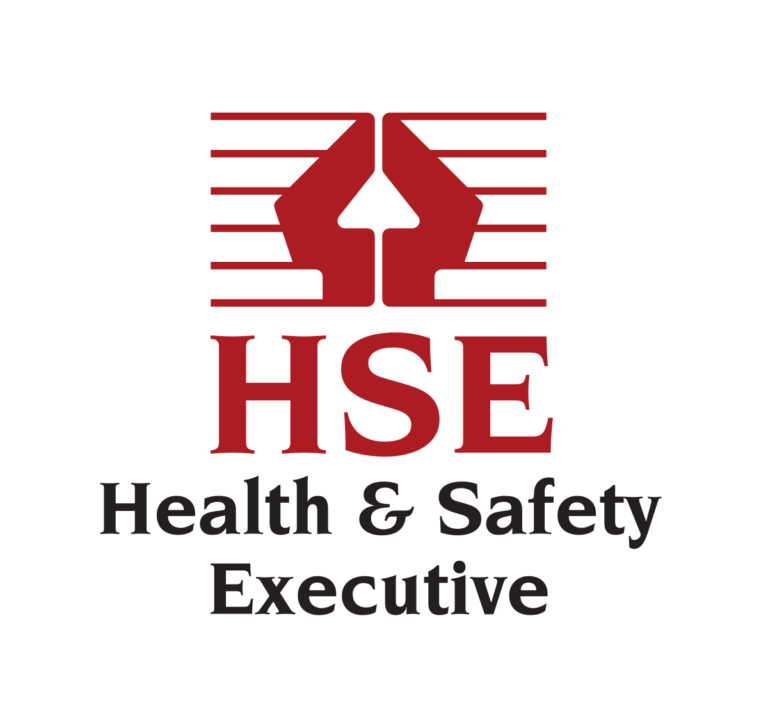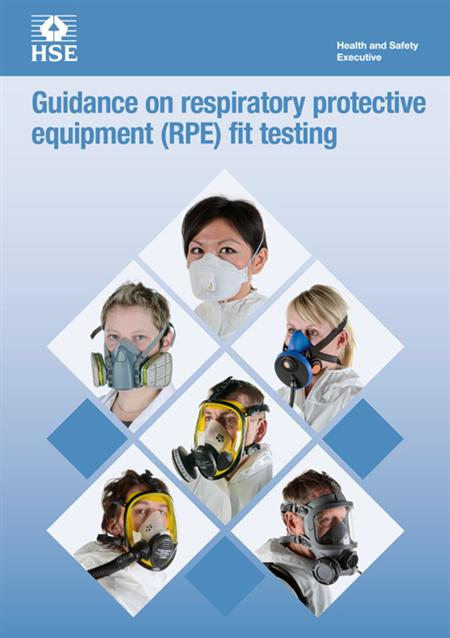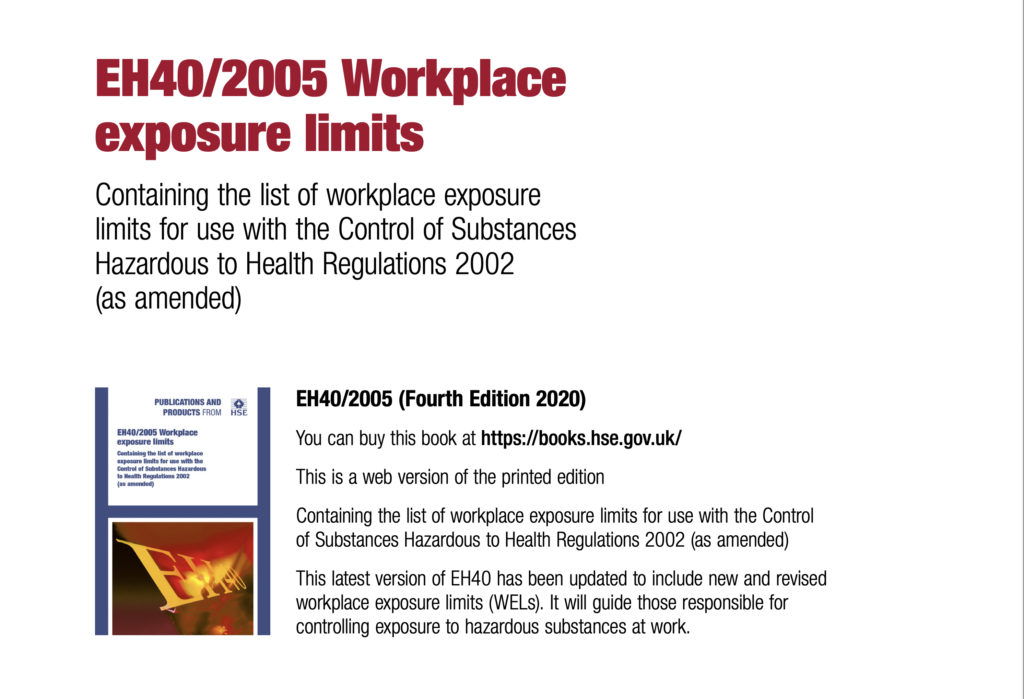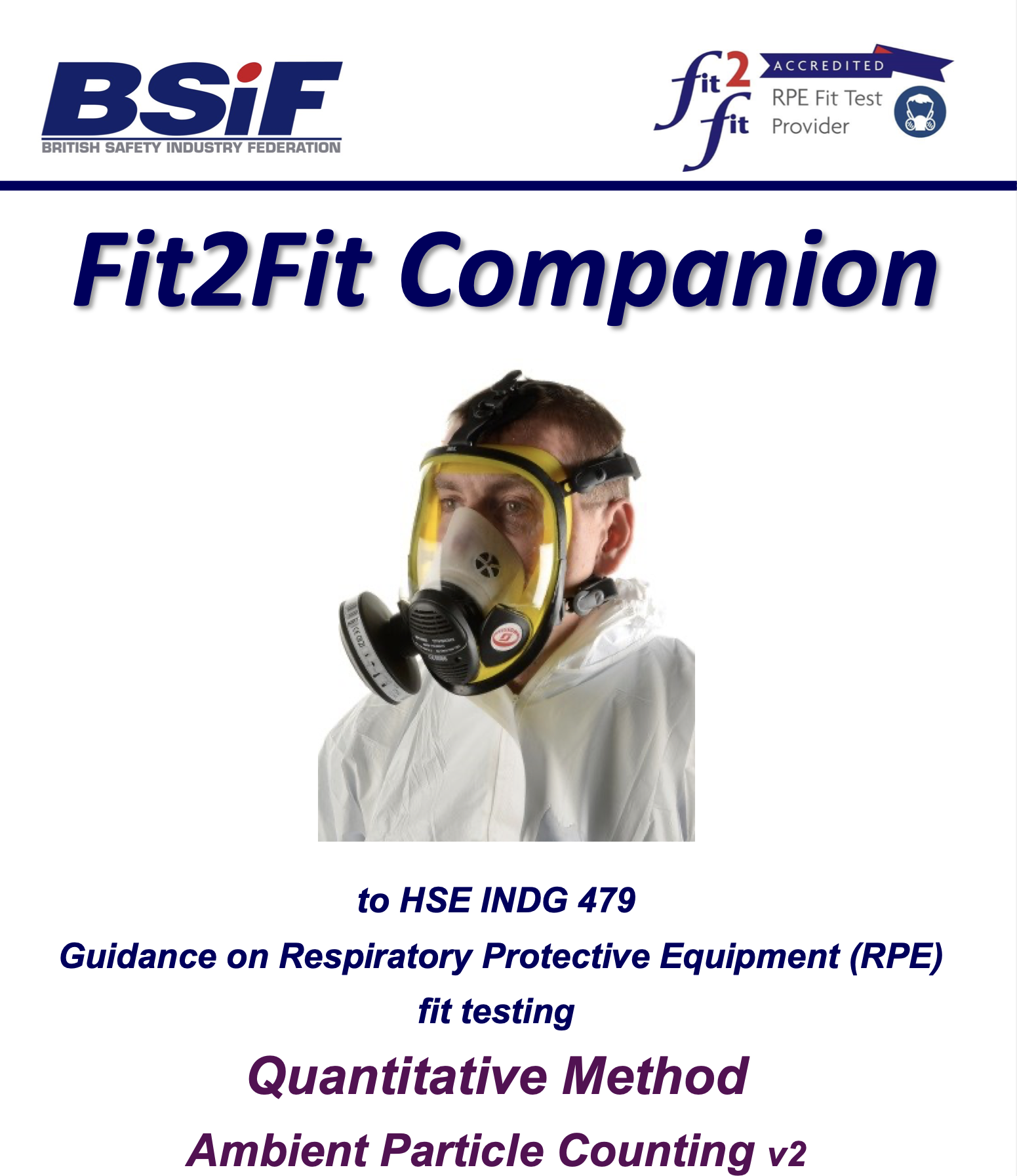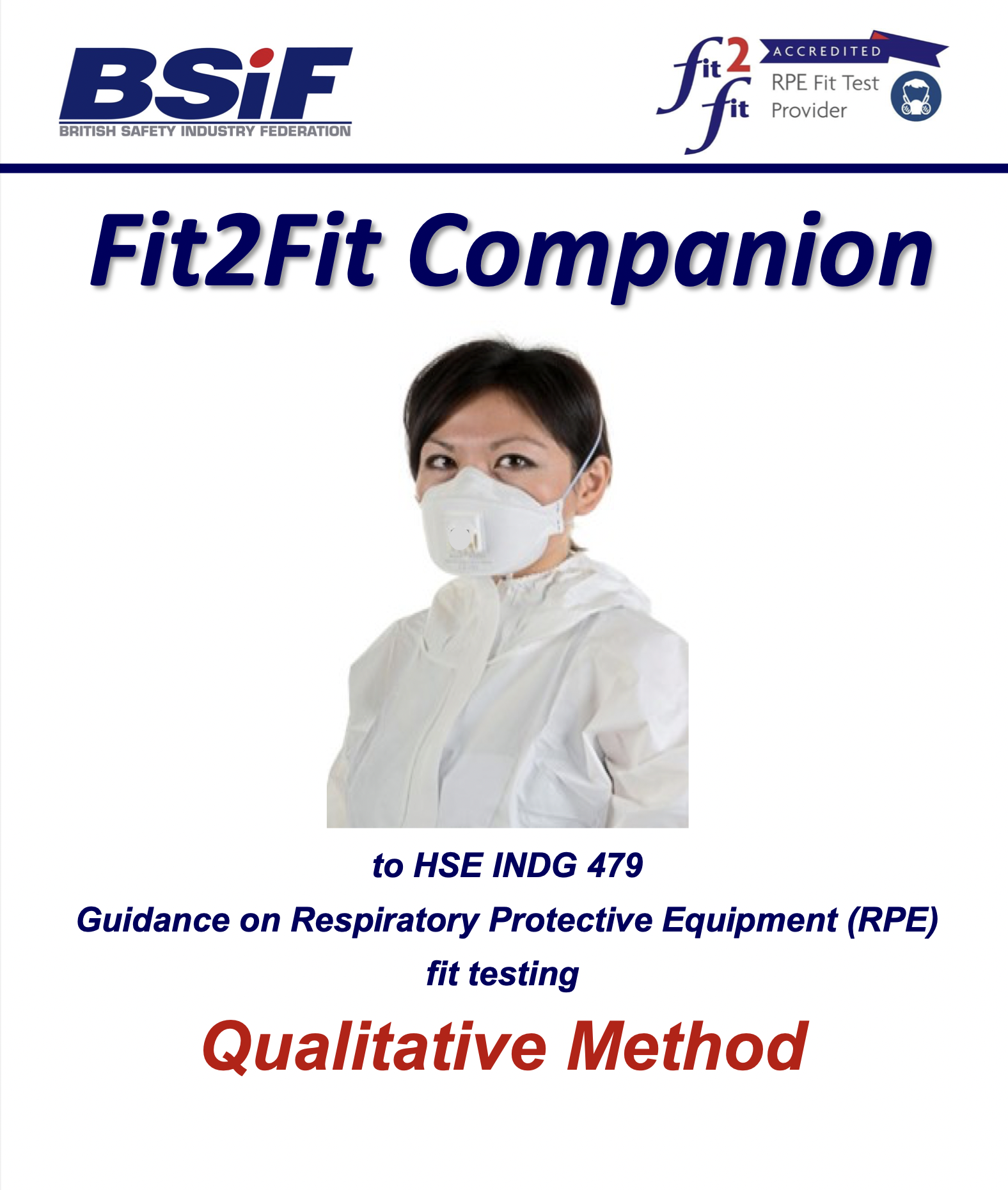Want to learn more about
Face Fit Testing
Who needs to be face fit tested?
Why do I need to be face fit tested?
How do I book face fit testing?
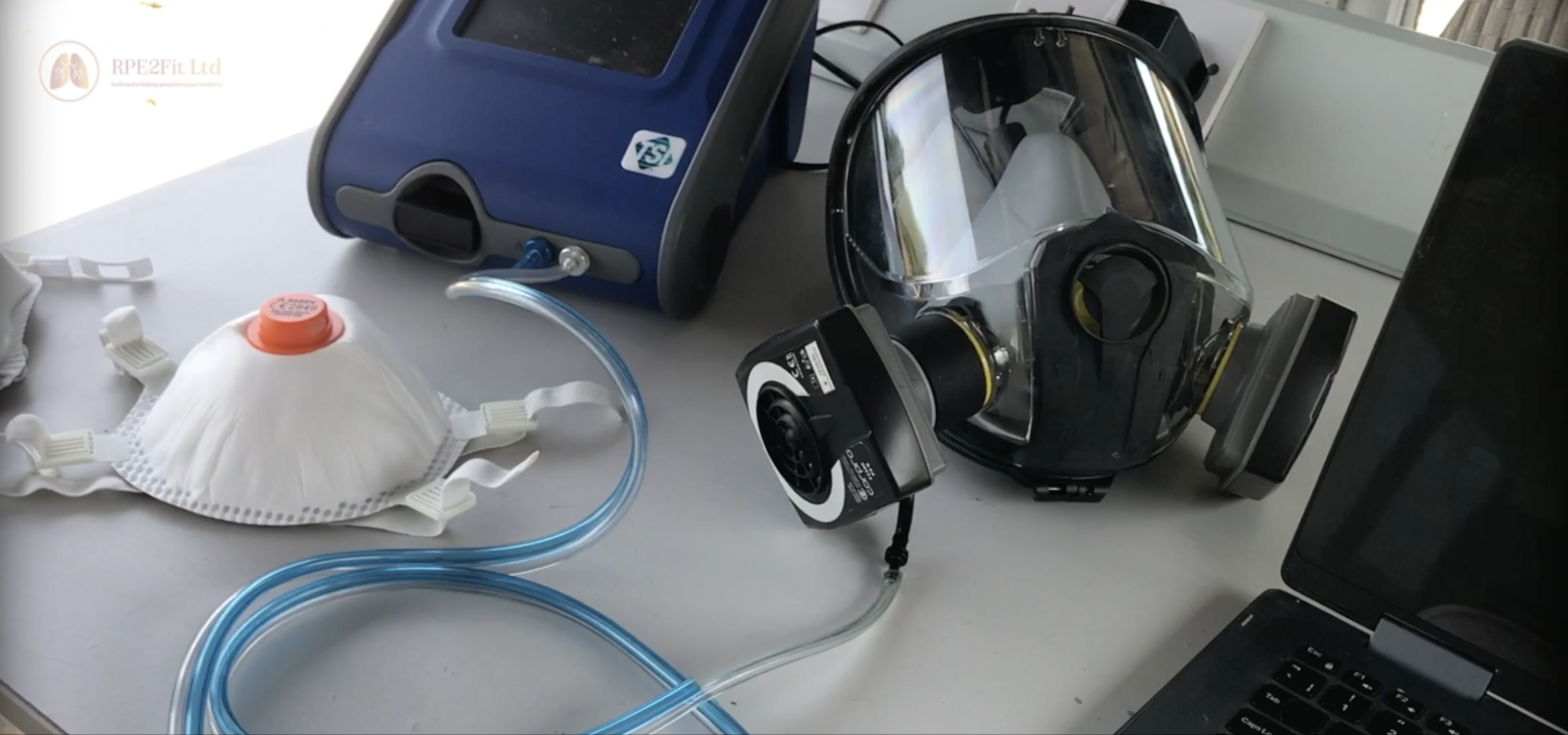
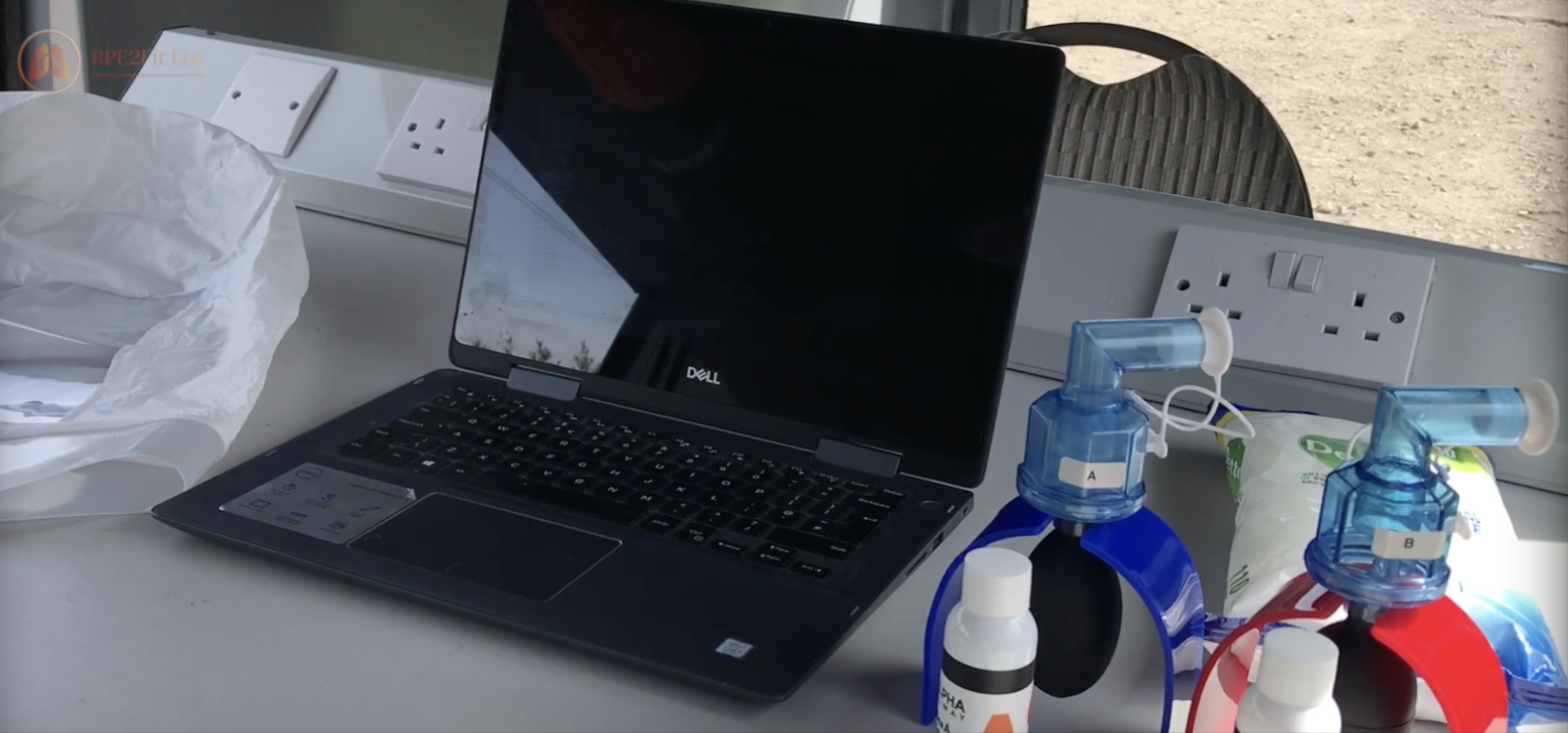
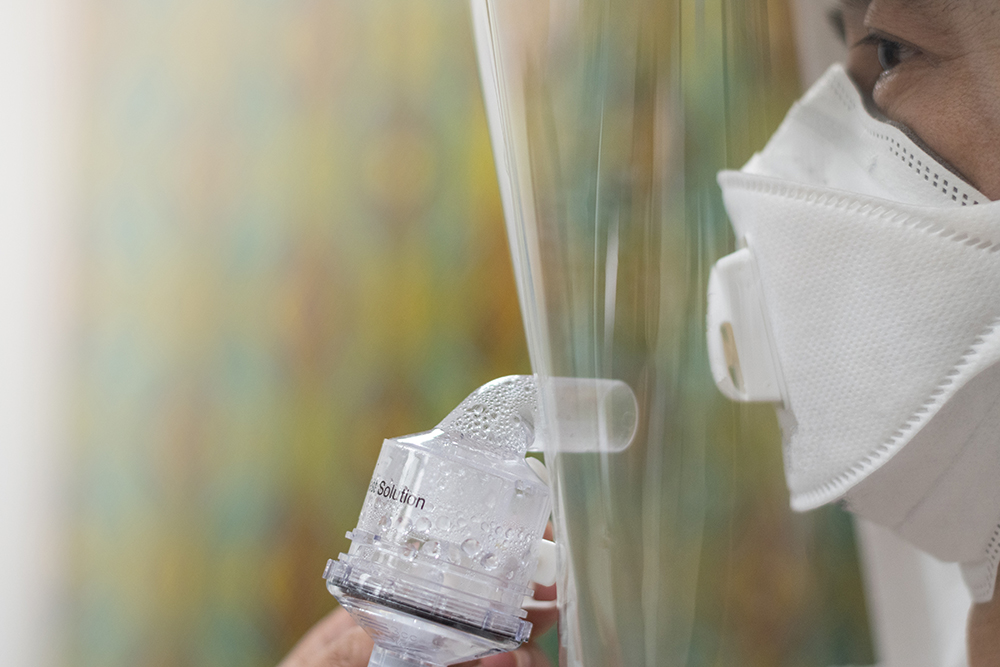

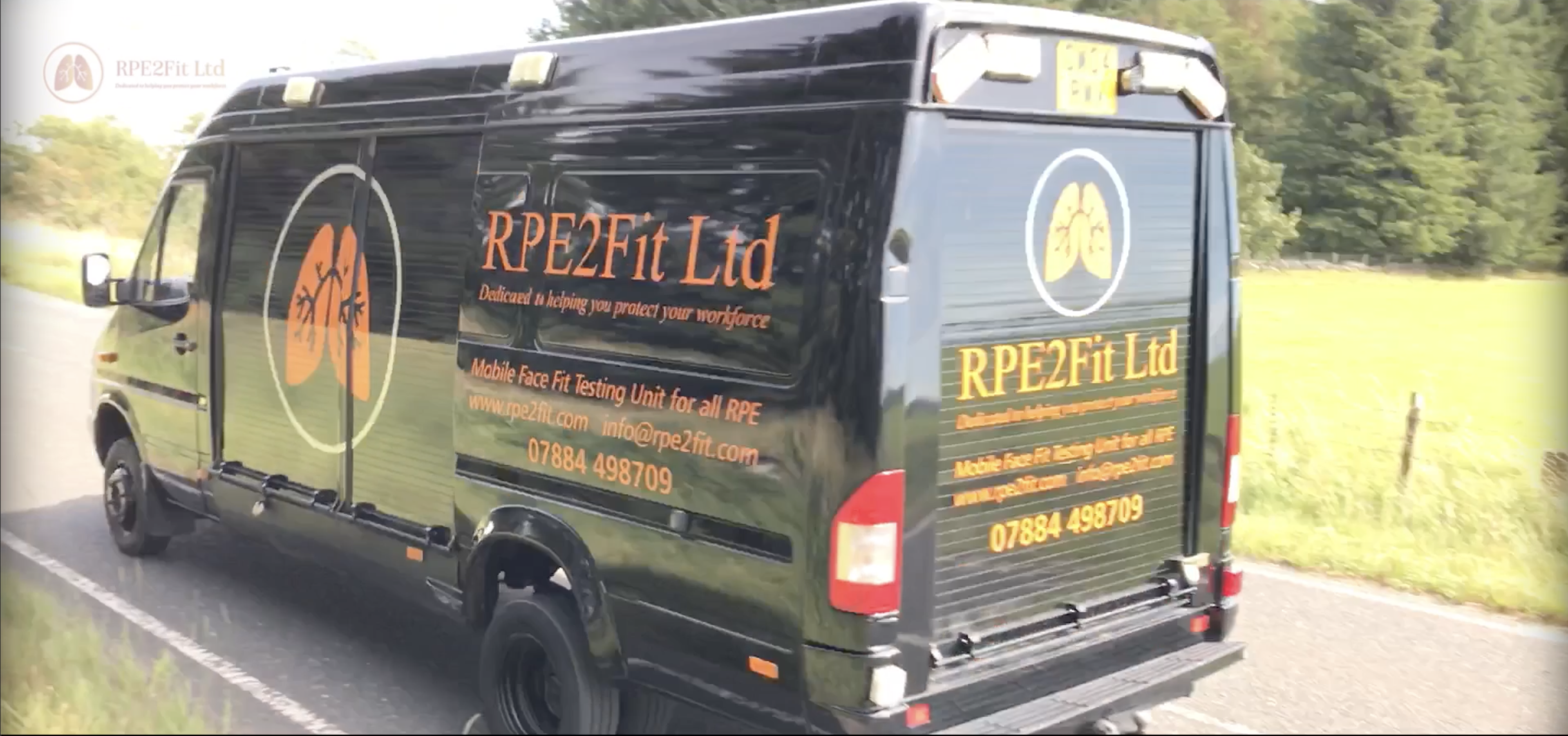
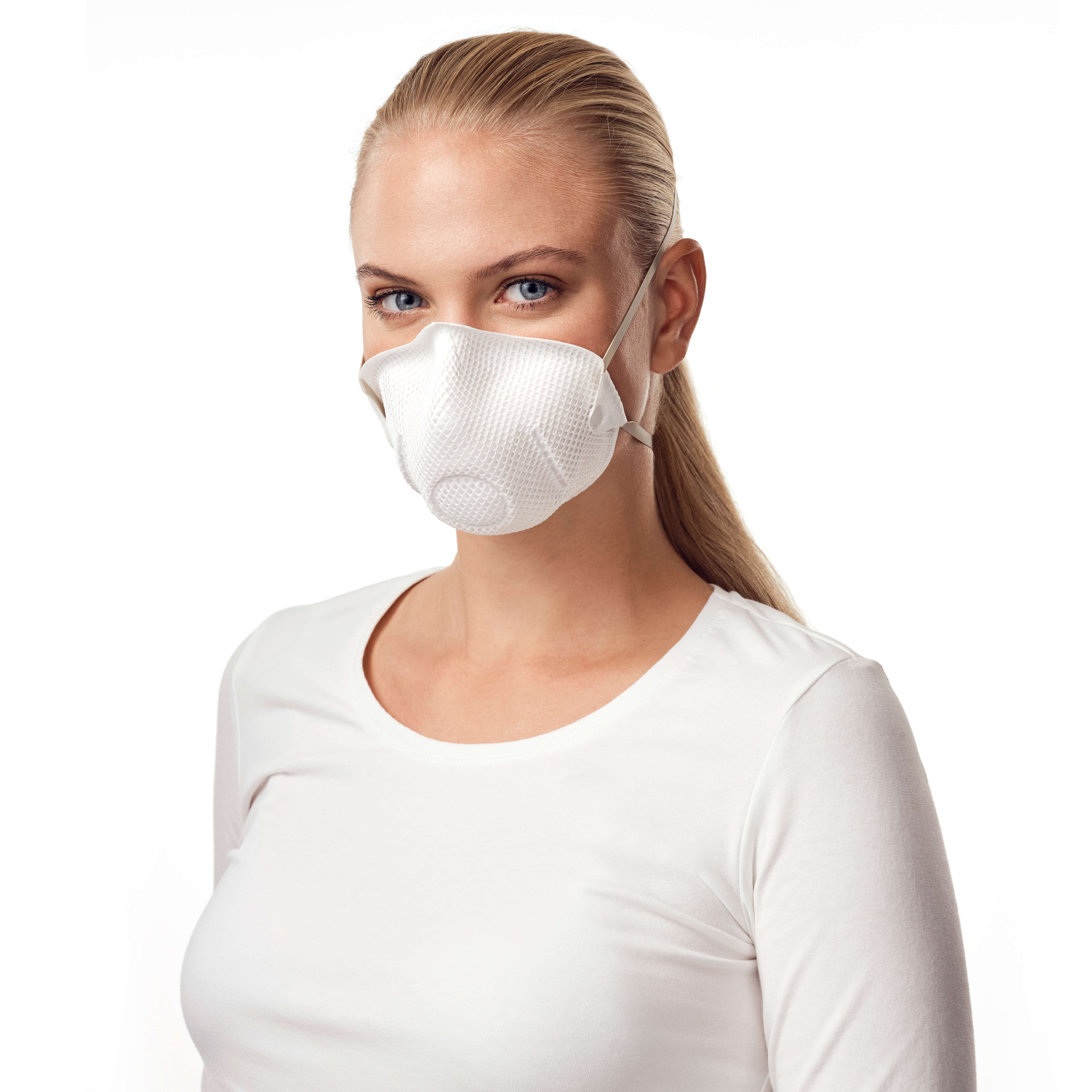
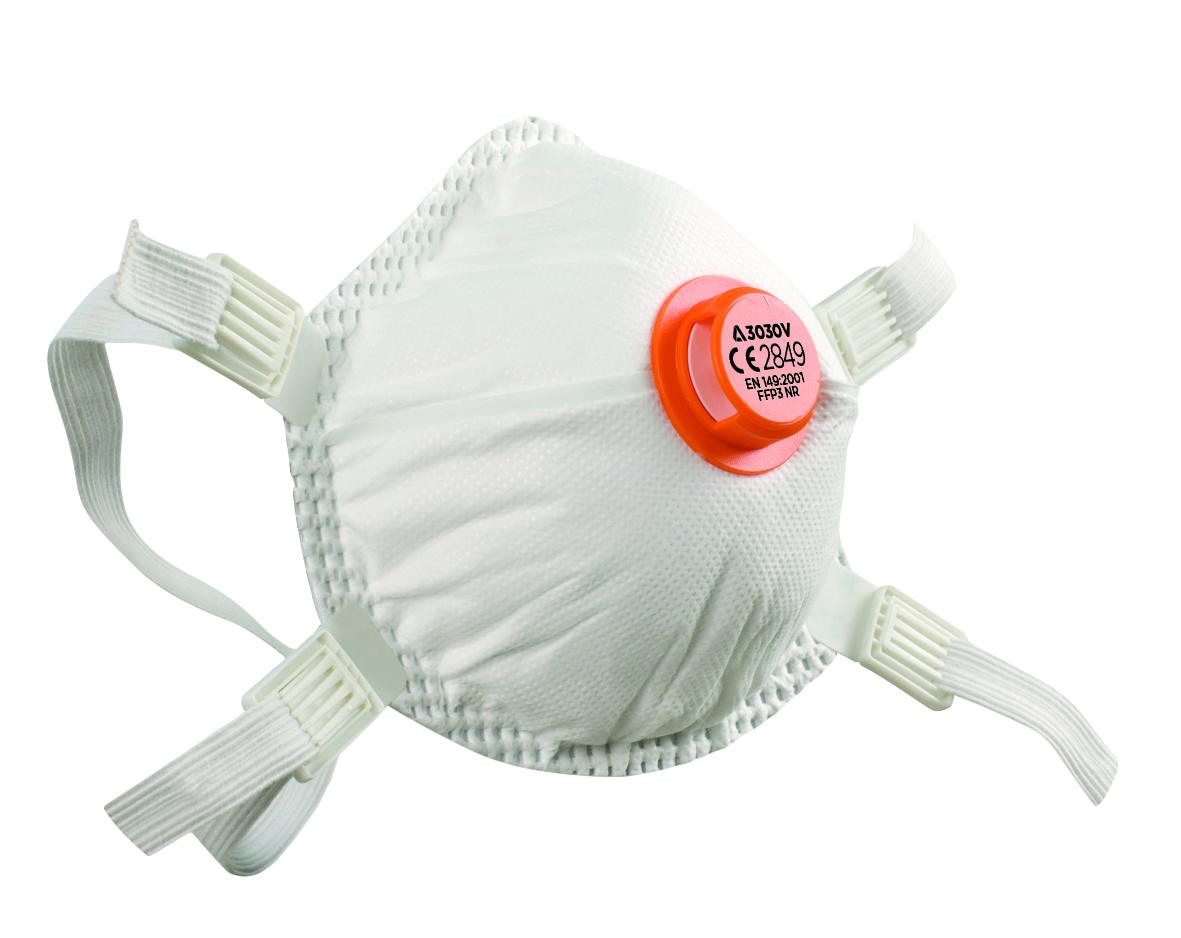
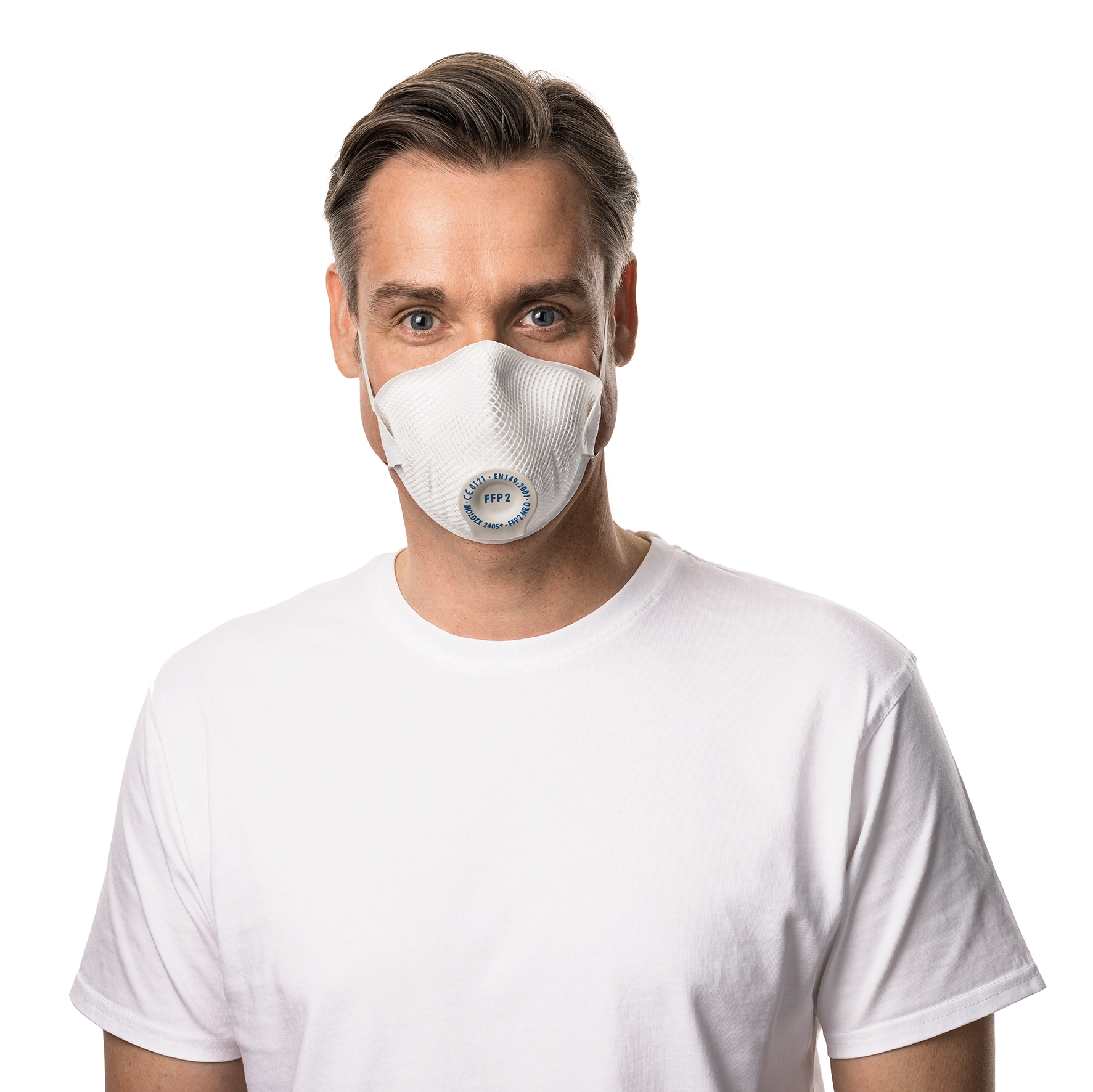
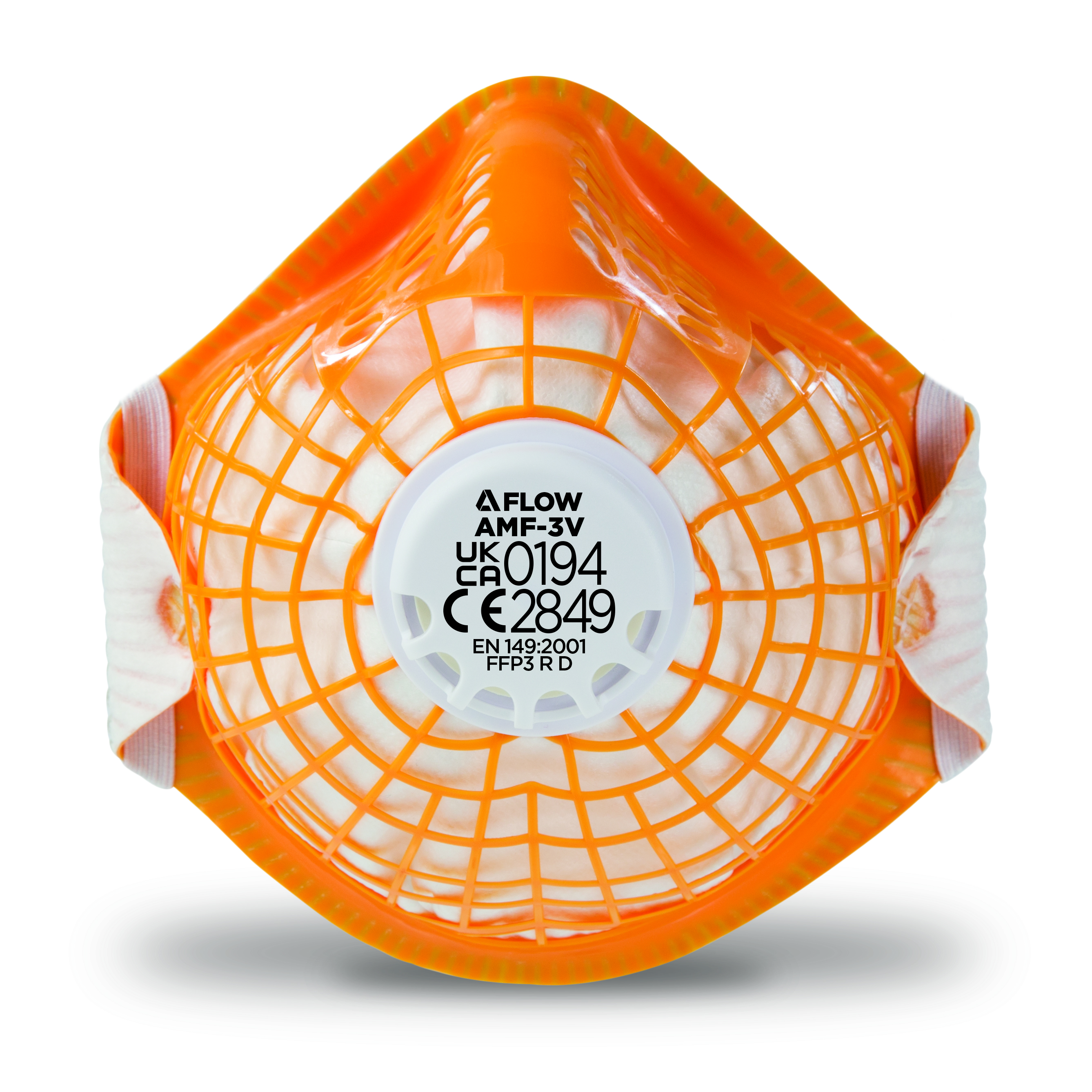
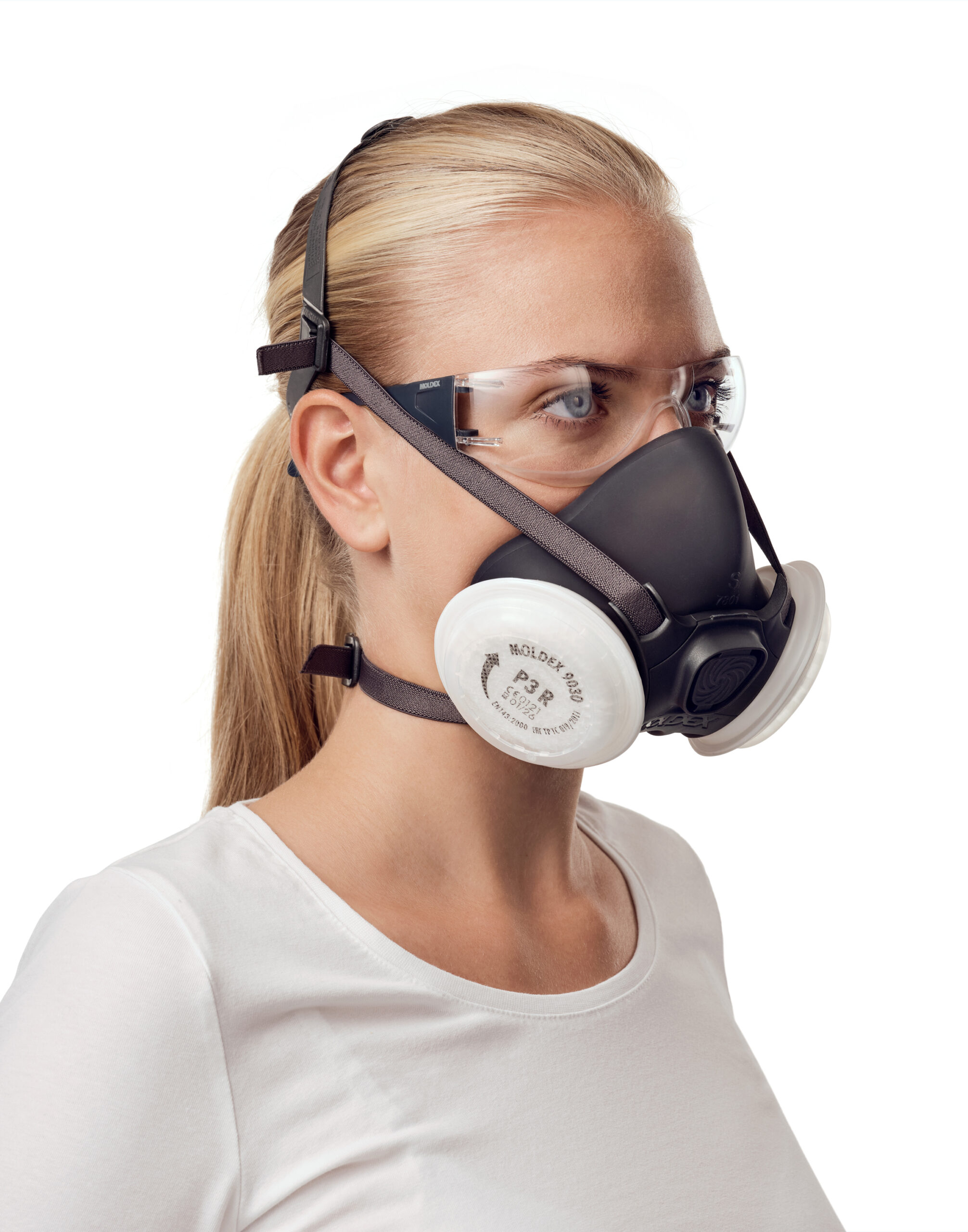
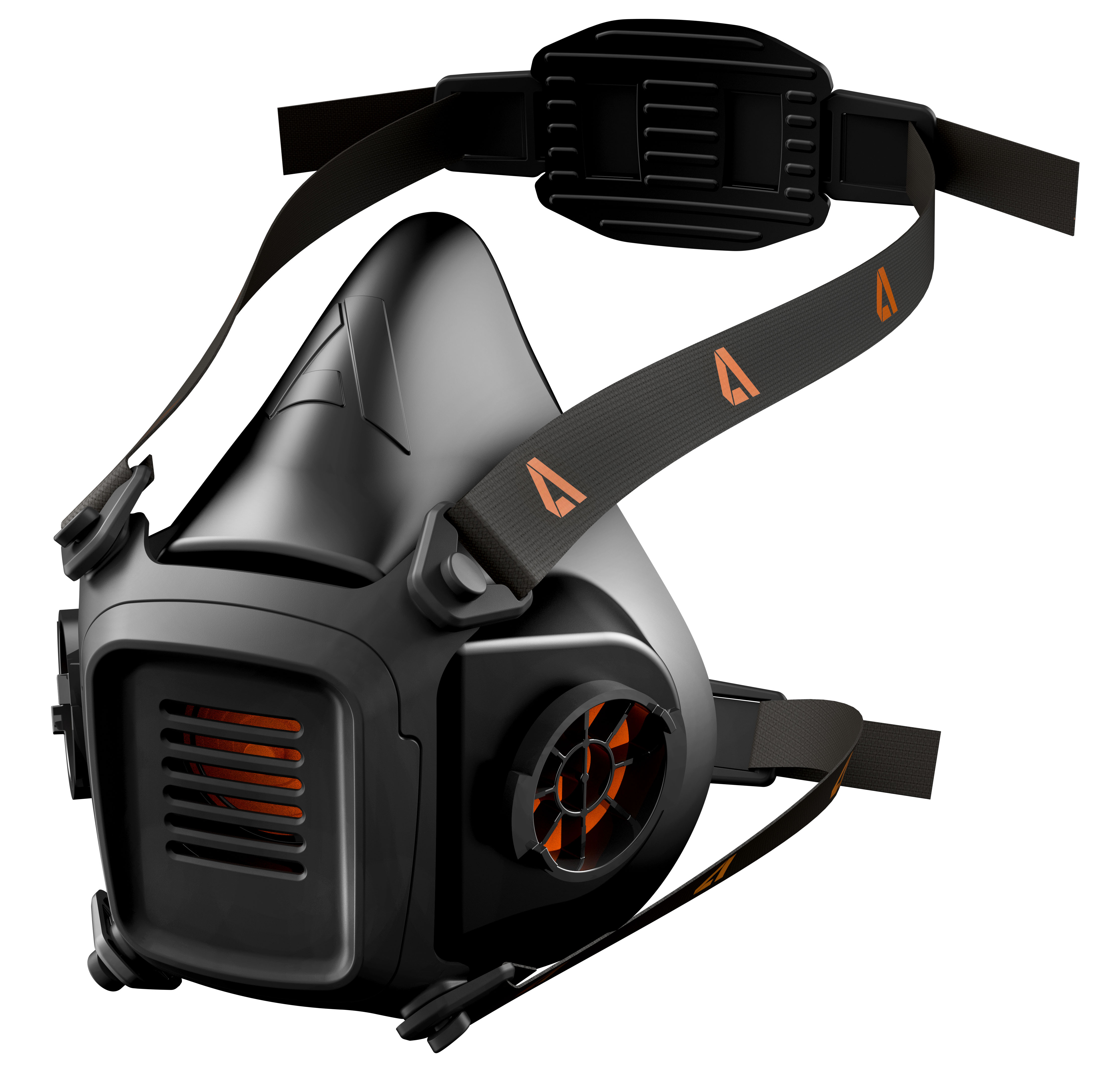
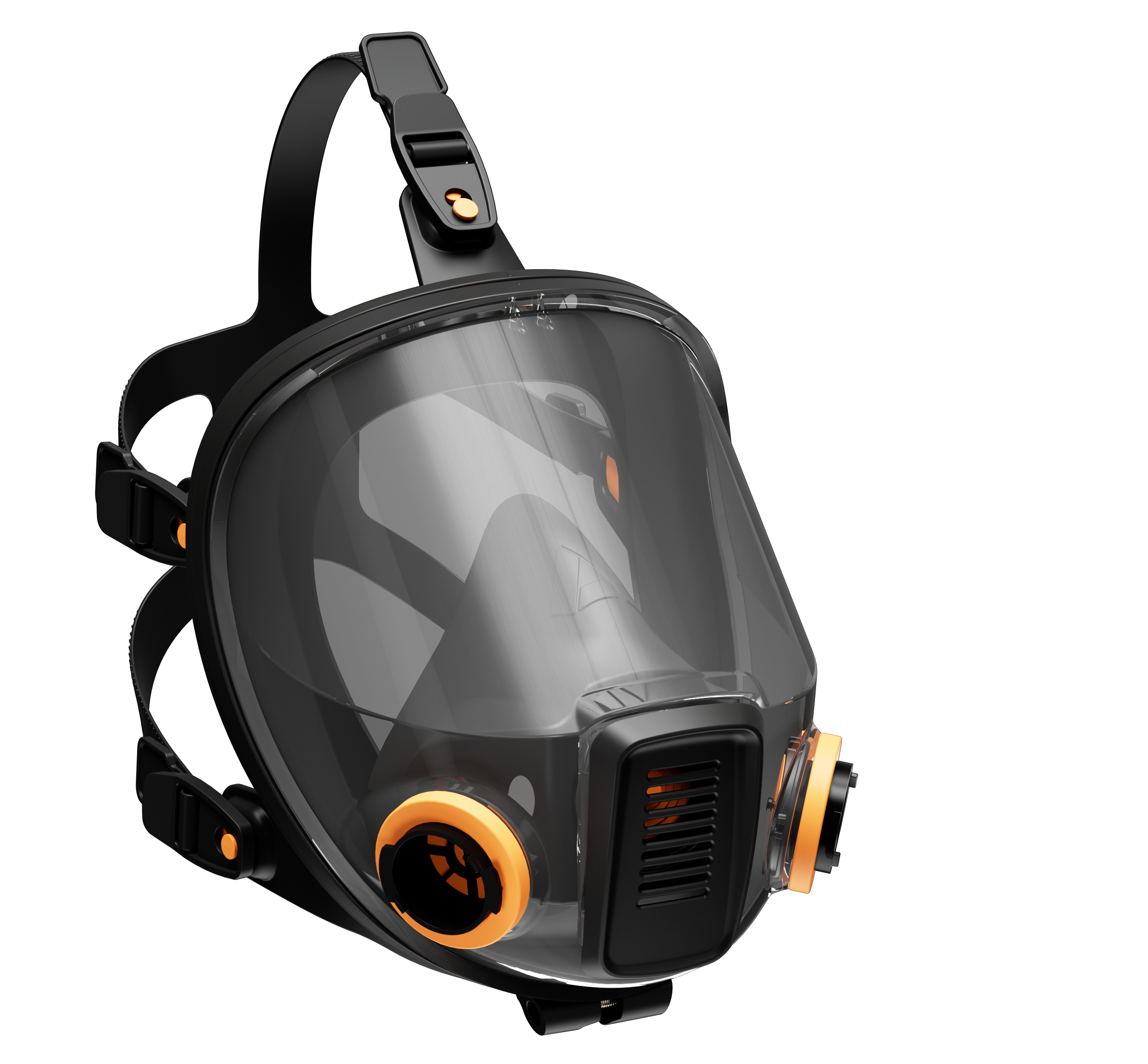
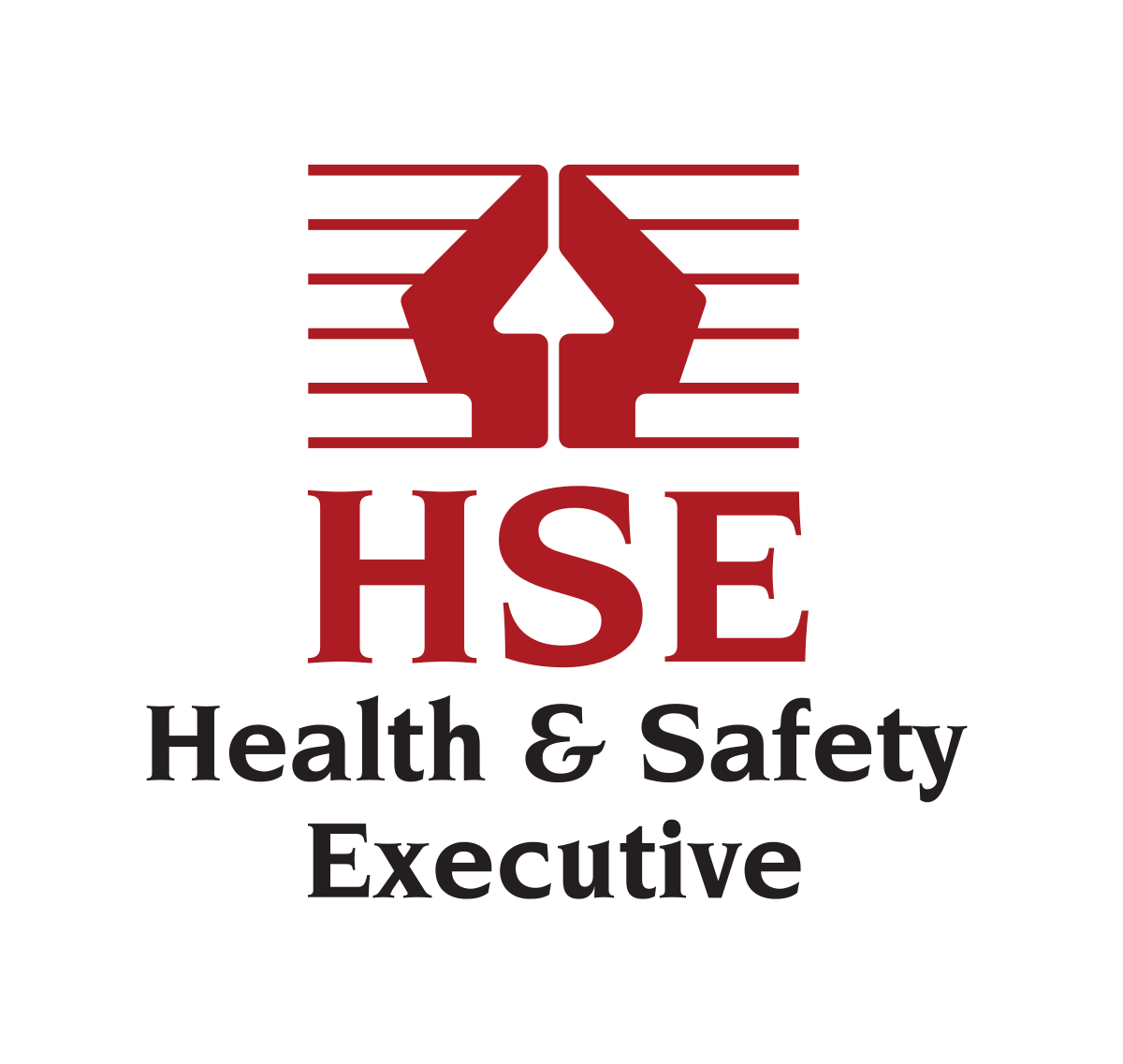
What is Face Fit Testing?
Face fit testing is when we carry out a test with a series of exercise to establish whether or not the respirator provides a seal to the wearer’s skin. If there is no seal to the skin, the respirator will leak and the wearer could be exposed to harmful hazards that could seriously affect their health or even cause early death.
What Types of Face Fit Testing Are There?
Quantitative Face Fit Testing
Quantitative Face Fit Testing uses a particle counter to count the particles in the ambient air and measure them against particles that are getting in through the seal of the respirator. The numerical values we see demonstrate how well or not the respirator protects you against the hazards that you are working with.
This is the most scientific way that we test the fit of the respirator.
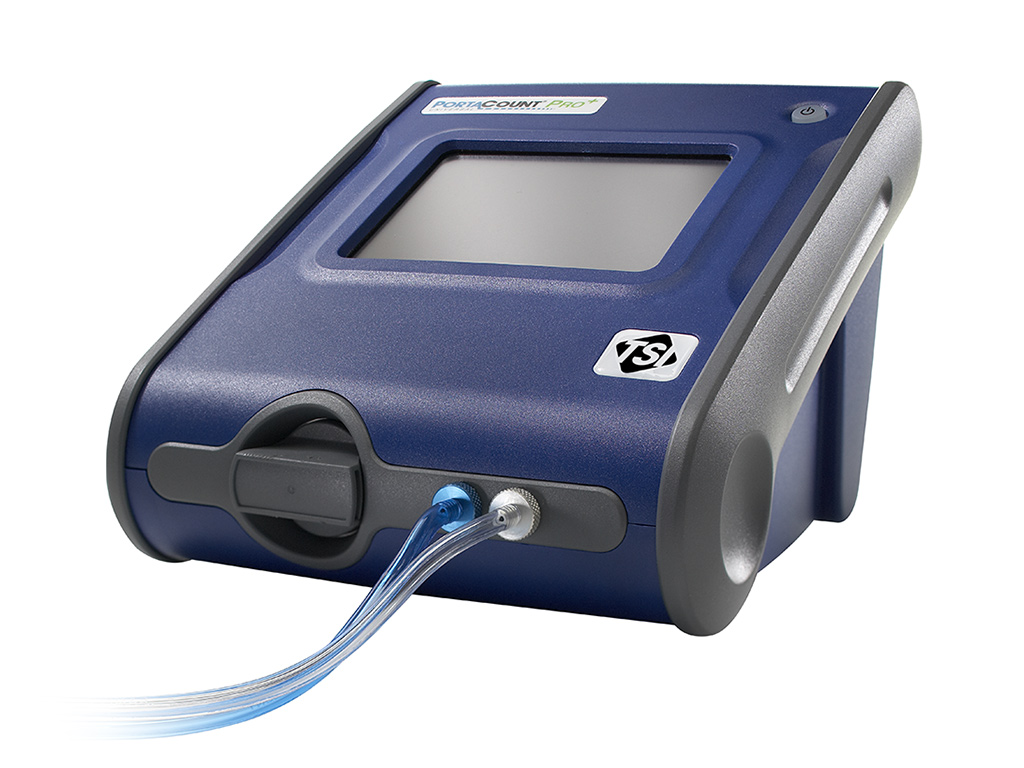

Qualitative Face Fit Testing
Qualitative Face Fit Testing is a subjective method, where the wearer will wear a hood whilst wearing their respirator. Whilst undergoing a series of exercises, the face fit tester will spray a tasting agent into the hood.
This is a subjective testing method and produces a pass or fail result.
Why Do I Need To Be Face Fit Tested?
RPE comes in two forms: tight-fitting and loose-fitting. Where tight-fitting RPE is used, Face Fit Testing must be carried out to ensure that there is a good seal between the seal of the respirator and the wearer’s skin. Respirators are manufactured and engineered in a variety of ways and we all have different sizes and shapes of faces. It is therefore reasonable to assume that one specific make, model or size will provide a good fit and seal for everyone. Where a wearer has an inadequate seal, they could then be exposed to the hazards around them. The reduction in protection could then lead to acute (immediate) or chronic (long-term) illnesses, putting their life at risk.
What About The Law?
Requires you to provide and maintain a safe working environment, so far as is reasonably practicable.
Requires you to provide and maintain a safe working environment, so far as is reasonably practicablehttps://www.legislation.gov.uk/uksi/1999/3242/contents/made
In addition to the COSHH Regulations 2002bRPE may need to be used to satisfy requirements in the various pieces of legislation. You will need to consider whether any of these Regulations apply to you and comply with any specific requirements they contain on RPE
The Approved Codes of Practice (ACOPS)
currently support our regulations, offer practical guidance on compliance and hold a special status in law.
When RPE isn’t covered by these regulations, you must consider how to show that you have complied with the law in some other way. For example, you may wish to consider the HSG53 or Personal Protective Equipment at Work Regulations.
If you are prosecuted for a breach of health and safety law, and it is proved that you did not follow the relevant provisions of the code, you will need to show that you have complied with the law in some other way, or a court will find you at fault.
GUIDANCE DOCUMENTS

Confused?
Call us or drop us an email to discuss further.
Make sure your workforce are protected.
Go home safe.
